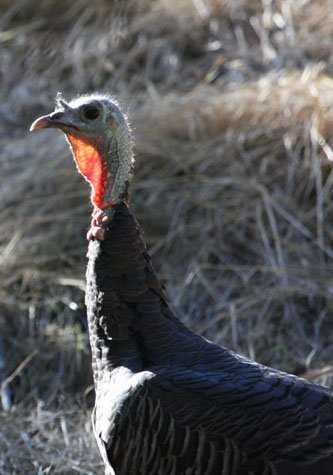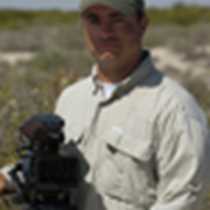The morning dawned in orange over the Snake River as we pulled into the dock at Clarkston. Pleasantries were exchanged with our comrades aboard our sister ship, National Geographic Sea Bird, as National Geographic Sea Lion was tied up alongside.
After breakfast, many of us boarded a jet boat for a fast ride up into Hell’s Canyon. As we turned south on the Snake River, we left the path of Lewis and Clark, yet the free-flowing river, full of challenging rapids, actually put us into closer touch with the travelers’ experiences. Gradually leaving civilization behind, we ascended into wild and rugged country. After seeing so much basalt, it was strange and striking to see jagged peaks and hillsides studded with the stony remains of ancient sea beds. Our boat driver told us of the many-layered history of the canyon.
We stopped at a couple of historic ranches, each a fruit-filled oasis in an otherwise dry land. Not surprisingly, the canyon is great for desert bighorn sheep, but we were surprised to find only one stately ram. Still, our journey was enlivened by a brace of otters, a steady parade of herons, turkeys and delicate-looking deer. At last, nearly back to town, we found a couple of herds of sheep. One was particularly impressive, trotting nonchalantly over near-vertical walls.
The rest of the group boarded a bus and headed up the Clearwater River, accompanied by Lewis and Clark interpreter Miguel Inzunza. Throughout the day the bus stopped at significant sites of the Lewis and Clark journey and we gained a deeper appreciation for the places visited over 200 years ago. In the afternoon, the groups rendezvoused at Nez Perce National Historic Park, where a park ranger gave a short presentation and we got a chance to see an excellent collection of Nez Perce art and artifacts.
A heartfelt recap was followed by the captain’s farewell dinner and the guest slide show accompanied dessert in the lounge.










